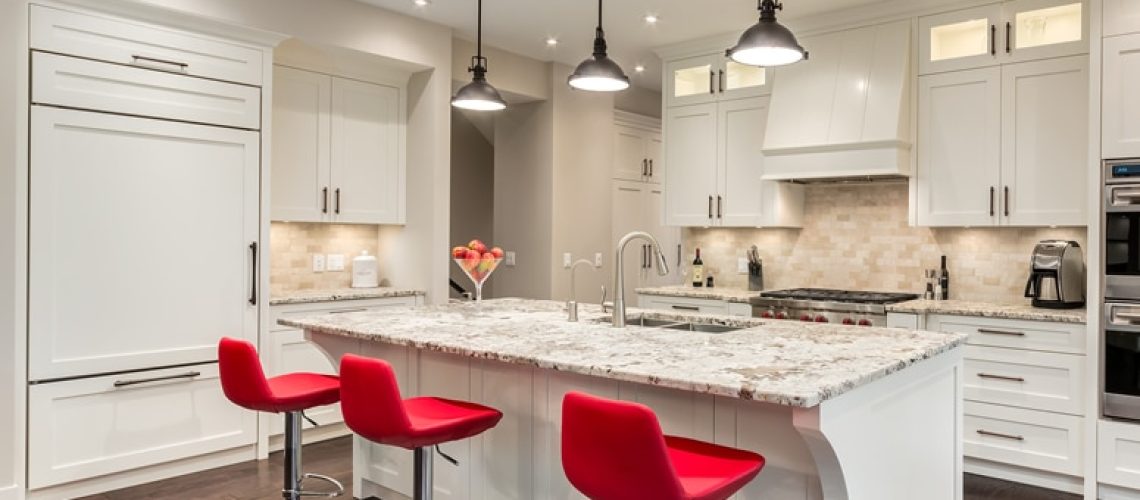Renovating the kitchen isn’t exactly a breeze, but to transform the space into a modern and functional space is required every few years. In this article, we are giving you some useful advice on planning a kitchen renovation.
Discover what you want! Before you start the renovation, clearly establish your expectations and the outcome you desire. In other words, think about the style you would like and how you would like your kitchen to work, in order to make sure that your kitchen will be both aesthetic and functional.Think about the bigger picture and ask yourself in what kind of kitchen you would like to spend your time: in a contemporary or in a traditional one? Even if you know exactly what you want, allocate enough time to explore all the possibilities – browse magazines, the Internet and local stores.
Your needs should come first! Another important step before you get to the actual renovation is to discover what are the needs that new kitchen should satisfy. You may need more space for additional furniture used to store utensils and dishes, a sink / stove / fridge etc. Create a list of everything you need and make an estimated budget, consisting of material costs and labor costs.
Determine the necessary budget for the renovations. One of the most unpleasant aspects of renovating the kitchen is the budget you have to devote. Before initiating the renovation process, establish an estimate – making sure to allocate a certain amount for unforeseen situations – and organize it so that it is clear which are the priorities. For example, if you love to spend time in the kitchen cooking, a large part of the budget should be devoted to the replacement of the cooking equipment at the expense of design, for example.
Here are a few tips that might help you organize your budget for your kitchen renovation:
– 48% of the amount for the furniture;
– 18% for countertops;
– 15% for equipment and ventilation system;
– 6% for sanitation;
– 5% for lighting;
– 5% floor;
– 3% for repairs of the walls.

